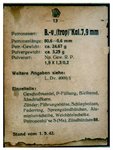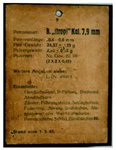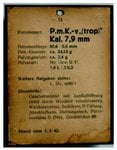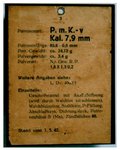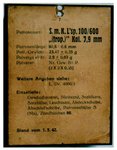I had the opportunity to chat with an Israeli Sniper at least he was in 48 and 56 and he says they used the Ross Rifle
Well they might have used that as-well, I don't know, but I do know that the k98k was widely used up until the mid late 90's, I have a picture of one used by the Isreali snipers below:


